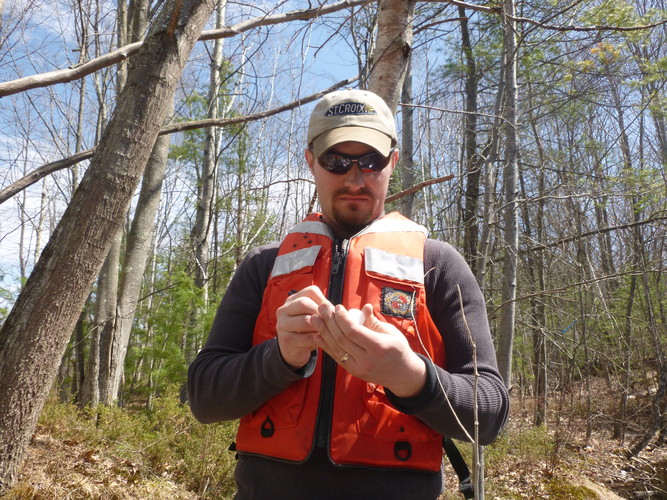The Wrack
The Wrack is the Wells Reserve blog, our collective logbook on the web.
The Wrack is the Wells Reserve blog, our collective logbook on the web.
 Three angles of investigation into three waterways flowing through three municipalities have reached one encouraging conclusion: The Merriland River, Branch Brook, and the Little River are ecologically healthy and the people largely responsible, those living in the combined watershed, know and appreciate it.
Three angles of investigation into three waterways flowing through three municipalities have reached one encouraging conclusion: The Merriland River, Branch Brook, and the Little River are ecologically healthy and the people largely responsible, those living in the combined watershed, know and appreciate it.
The design for our Sustaining Coastal Landscapes and Community Benefits project, the first study of its kind, drew from the sciences of ecology, economy, and communications. Reserve staff and their colleagues from Clark University looked at streamside buffers in Sanford, Kennebunk, and Wells to find out how they affect life in the water and how members of the community value them.
 Last week, UMaine Ph.D. candidate Jared Homola and postdoctoral fellow Dr. Krista Capps visited three vernal pools at the reserve as part of Jared's research into how urbanization affects vernal pools and influences the organisms within them. He is especially interested in how abrupt climate change can impact the persistence of ecologically important species and the genetic basis for the ecosystem services they provide.
Last week, UMaine Ph.D. candidate Jared Homola and postdoctoral fellow Dr. Krista Capps visited three vernal pools at the reserve as part of Jared's research into how urbanization affects vernal pools and influences the organisms within them. He is especially interested in how abrupt climate change can impact the persistence of ecologically important species and the genetic basis for the ecosystem services they provide.

The following was published in the Biddeford-Saco Journal Tribune Sunday edition, 12/15/13 (and may also appear, with other goodies, in members' mailboxes shortly...):
Normally, I do not talk to dead opossums. But since I’d watched this one keel over right in front of me, I felt I had to say something.
Along the coast of southern Maine, the need to conserve natural buffers to protect rivers and wetlands has become a focal point for tensions between development and conservation interests. In this rapidly developing landscape, decision-makers often feel they must choose development over conservation or restoration to support local economies. While there is scientific evidence that underscores the value of protecting natural buffers around sensitive water bodies, local decision-makers need additional, place-based, economic information about the ecosystem services that these lands provide and the range of tradeoffs that are implied in related land use decisions. A team led by the Wells Reserve addressed this need by working with local, state, and federal stakeholders to better understand, measure, and communicate how southern Mainers value natural buffers and the tradeoffs they are willing to make to protect these critical resources for the future.